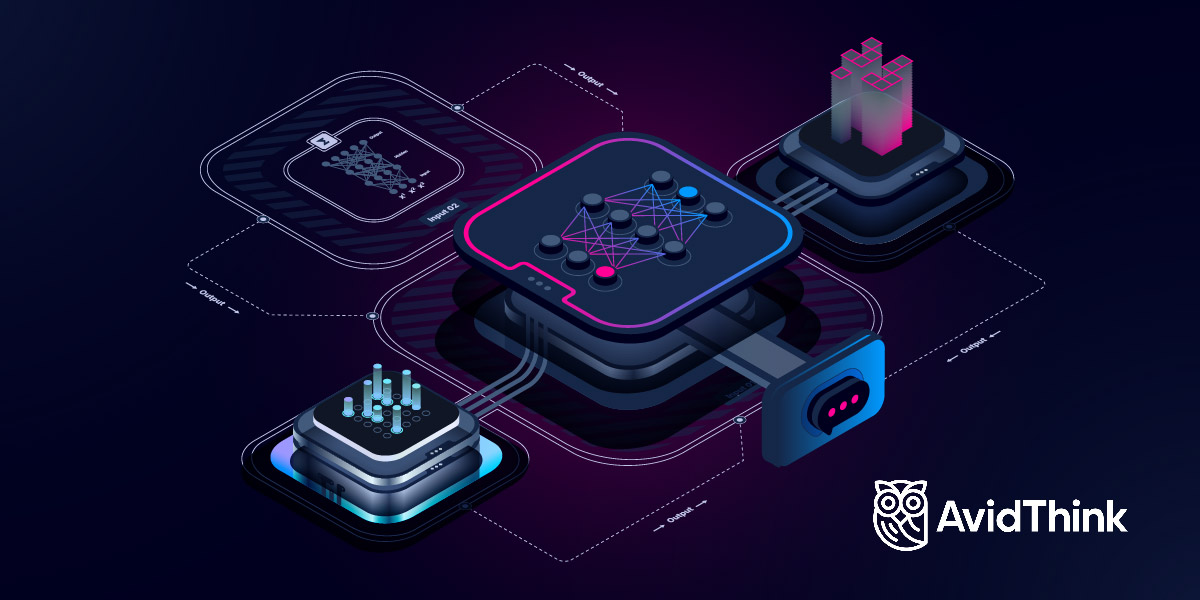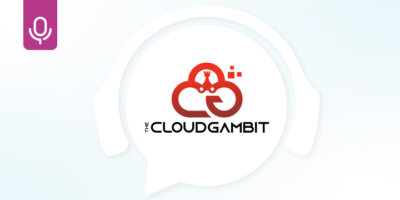Share this

I&O leaders are racing to implement AI across different areas, from network design and configuration generation to testing with prediction and simulation. There is potential for both near-term value and long-term advantages — but there is also potential for error. Even as generative AI continues to develop at a rapid pace, we are still far from a world where networks are fully designed and managed by autonomous systems.
We recently partnered with AvidThink on a new report, Pipe Dreams & AI Realities: Networking’s Midlife Crisis, which offers a fantastic in-depth analysis of AI possibilities for the network. It is important to find immediate ROI from AI investments while also laying the foundations for continued success as AI improves. AvidThink’s report also outlines the major barriers to AI adoption in networking, which must be solved by vendors and network teams alike to drive success.
Over the next 12 months, many organizations will implement AI networking use cases as outlined in the report. In our view at Itential, the ability to orchestrate processes across hybrid infrastructure will be critical to successfully leveraging AI capabilities in networking.
AI has the power to transform networking. The core challenge for network leaders is selecting the right use cases to deliver ROI while setting your infrastructure up for continued success as the technology evolves.
Where & How AI Can Be Implemented in Networking — Now & Into the Future
AI must be implemented in multiple ways to suit specific operations. The report assesses the maturity of AI capabilities for networking across the following categories:
Discovery: The use of smart interfaces can enhance the speed and accuracy of every instance in which the network is queried for information, by an application or by a user.
Over the next 12 months: AvidThink anticipates that coupling vendor content to LLMs and using search techniques to enhance queries will be a major genAI use case.
Design & Config Generation: Fully AI-generated network design, config, or policies are not expected to be ready for market deployment until solutions have matured.
Over the next 12 months: AI copilots can assist in code generation to reduce time to market for network vendors.
Automation: Autonomous execution of networking activities is an attractive possibility in the market. AI-driven orchestration of change processes end-to-end will take longer to mature, but expect to see the industry implement more AI solutions for automation of discrete, domain-level tasks.
Over the next 12 months: AI-assisted automation for individual networking tasks, AI co-pilot systems where machine-driven automation execution requires human approval.
Prediction: Parsing large amounts of unstructured historical data to generate insights is one of the best-established use cases for AI/ML systems. Companies can expect AI prediction solutions to identify opportunities for preventative maintenance and generate human-readable reporting.
Over the next 12 months: Predictive analytics solutions already exist on the market, and over the next 12 months vendors can be expected to leverage more advanced AI models and continue to enhance their offerings.
Simulation: AvidThink expects AI to streamline the implementation of digital twins, allowing network teams to test and predict networking outcomes safely.
Over the next 12 months: The report does not make an explicit prediction here, but expect improvements to digital twin solutions as vendors continue to innovate.
With such an array of use cases across every aspect of networking, throughout the network lifecycle, it is no surprise that leaders are pushing to adopt AI as quickly as possible in as many areas as they can. But the journey toward more autonomous networks will require a considered approach. Organizations should, according to the report, “balance innovation with caution” and look ahead to the challenges that must be solved in order to maximize AI’s impact and ROI in the network.
AI Challenges Across Distributed Network Environments
The wide variety of potential AI use cases in networking presents significant opportunity, but there are several major barriers to adoption as well. AI can enhance network efficiency, reliability, and scalability across hybrid cloud and distributed infrastructure. However, data security and privacy, the ability to handle distributed network environments, the way AI will change the nature of certain network workflows, and the rapidly evolving nature of AI solutions are all challenges that must be solved.
Distributed/fragmented infrastructure poses a significant challenge for AI deployments. AI systems must source large amounts of data from multiple sources across all of network and IT infrastructure, and the complex, multi-domain change processes that network teams deliver must incorporate AI solutions where they are implemented. This is a major challenge, and integration and orchestration are critical to solving it.
Integrating AI into existing processes in an efficient, effective manner is also a major challenge. Often, simply inserting the use of an AI system into an existing process will not be the most effective or efficient way to achieve desired outcomes. As the report states, “companies might see greater value if they can re-engineer entire end-to-end processes and workflow versus having piecemeal, siloed, deployments.” Itential’s streamlined orchestration capabilities — which integrate with other systems without the need for custom code — will accelerate the process of reengineering infrastructure processes to maximize the impact of AI.
Regarding the other major barriers to adoption, Itential’s workflow orchestration capabilities can help improve trust in AI decision making by allowing users to build workflows that integrate AI systems with testing, validation, and sources of truth in order to improve accuracy. Our vendor-agnostic API orchestration platform offers a framework for AI success by integrating with everything in your infrastructure, allowing users to leverage any AI systems in the network to orchestrate change processes. See this video for an overview of how our CTO sees the future of orchestration, driven by smart AI agents that understand domain-specific context.
The Future of Autonomous Networks
The concept of an autonomous network is not new, and as AvidThink’s report points out, AI/ML has been present in networking for years already in the form of predictive systems. Nonetheless, fully autonomous networks that are self-operating and self-healing remain firmly in the future.
The responsibility of I&O leaders in this moment is to assess the technology as it exists today to make decisions that will benefit the business in the near term. However, it is also true that AI is developing rapidly, and successfully implementing AI systems in the network has the potential to deliver transformative gains.
Itential is committed to enabling the future of networking. Our technology enables our customers to maximize their infrastructure investments and drive efficiency across a complex hybrid landscape. In the age of AI, this only becomes more important.
See the full AvidThink report on AI in networking here.




